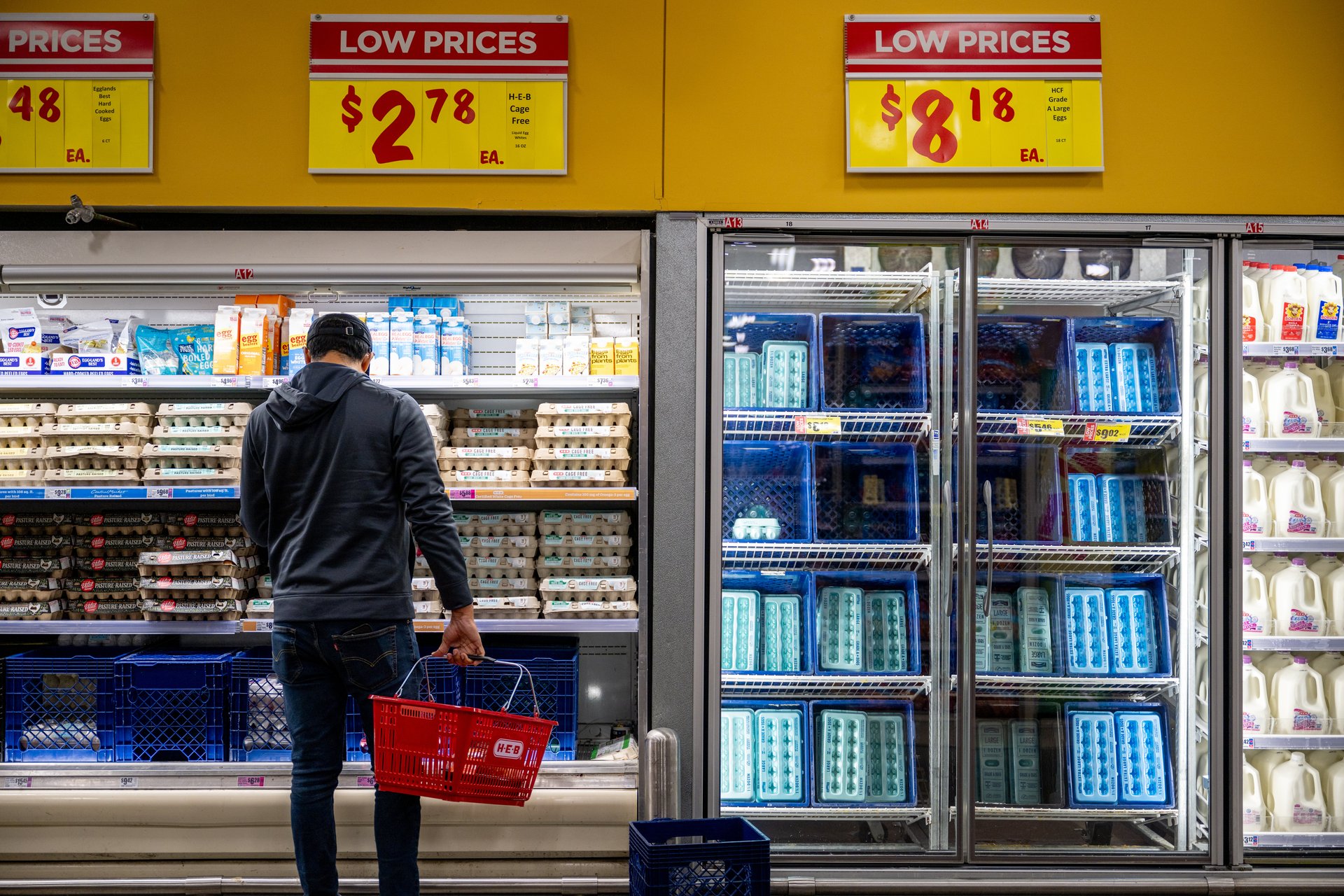🌏 The biggest tariff losers
Plus: Target’s plan to get ‘Tarzhay’ back

Good morning, Quartz readers!
Suggested Reading
Here’s what you need to know
President Donald Trump grants the Detroit Three a month-long reprieve from new tariffs. Ford, GM, and Stellantis get temporary relief before the next wave of duties.
Related Content
… Meanwhile, the Dow jumped 500 points following tariff relief for automakers. Stocks surged as automakers caught a break.
… But, American consumers may not be so fortunate. They’re likely to bear the brunt of Trump’s trade war.
Apple floats above tariffs with price cuts on a new M4 MacBook Air. The tech giant slashed prices, easing concerns over the potential impact on its bottom line.
The Jobs report was nothing to roar about. Stagflation concerns grew as recent economic data revealed persistent inflation and signs of a weakening labor market. Quartz has compiled an explainer on the sticky situation of stagflation.
Starbucks CEO urges employees to step up. CEO Brian Niccol called for stronger leadership amid the coffee giant’s “big fix.”
… Elsewhere, Boeing’s Starliner Astronauts are steering clear of U.S. politics amid delays. NASA astronauts sidestepped comments from Trump and Musk about their postponed return to space.
Target’s talking “Tarzhay”
Target is aiming to bring back the “Tarzhay” magic.
In a bid to win back customers, the retailer plans to invest $4 billion to $5 billion this year on revamping stores, opening 20 new locations, and boosting the supply chain and tech.
These efforts include adding 600 new food and beverage items to its private label brand, Good & Gather, introducing 2,000 new beauty products, refreshing pet supplies, and forging new brand partnerships with Disney and Champion.
What’s driving the “Tarzhay” goal, and how many times did executives mention it on the March 4 earnings call? Quartz’s Francisco Velasquez has the details.
Wellness is wild, weird, and expensive
The wellness industry has exploded, with men jumping in alongside women, reshaping a space once dominated by yoga mats and kale smoothies.
What started as basic health practices has morphed into pricey treatments like IV infusions, and even anti-vaccine rhetoric. Mariah Wellman, a Michigan State professor, argues wellness influencers took advantage of pandemic fear, offering both good advice and misleading info to regain control over health. The industry, once aligned with mainstream medicine, is now going rouge, thanks to social media.
What’s the total estimated value of the wellness industry? Quartz’s Madeline Fitzgerald breaks it down for Quartz’s Obsession.
Did you know we have two premium weekend emails, too? One gives you analysis on the week’s news, and one provides the best reads from Quartz and elsewhere to get your week started right. Become a member or give a membership as a gift!
Our best wishes on a safe start to the day. Send any news, comments, Tarzhay vibes, or weird wellness tips to [email protected]. Today’s Daily Brief was brought to you by Francisco Velasquez and Audrey McNamara.